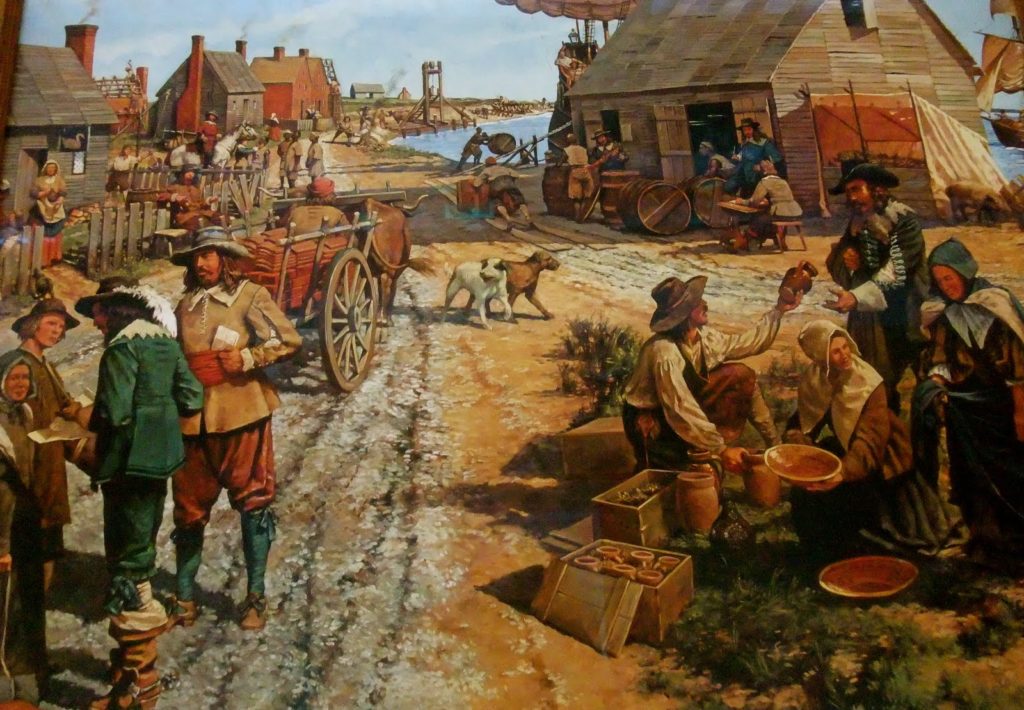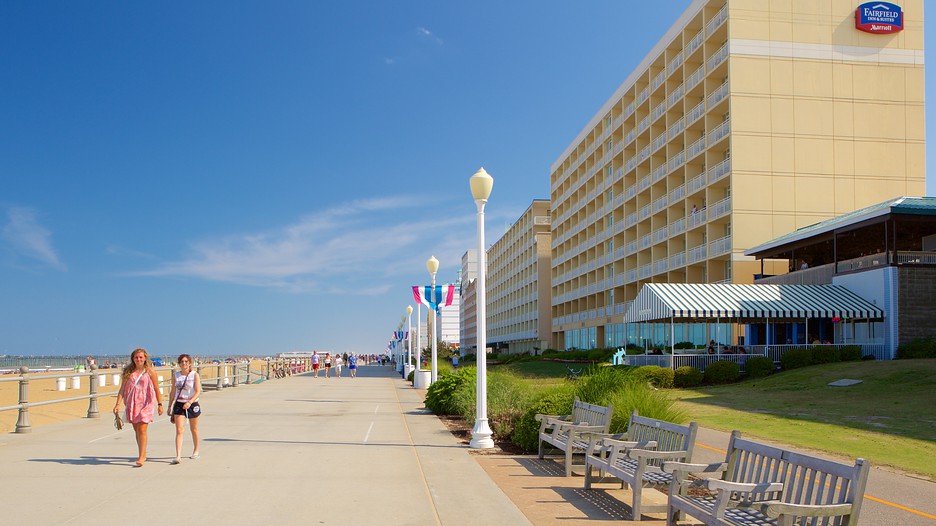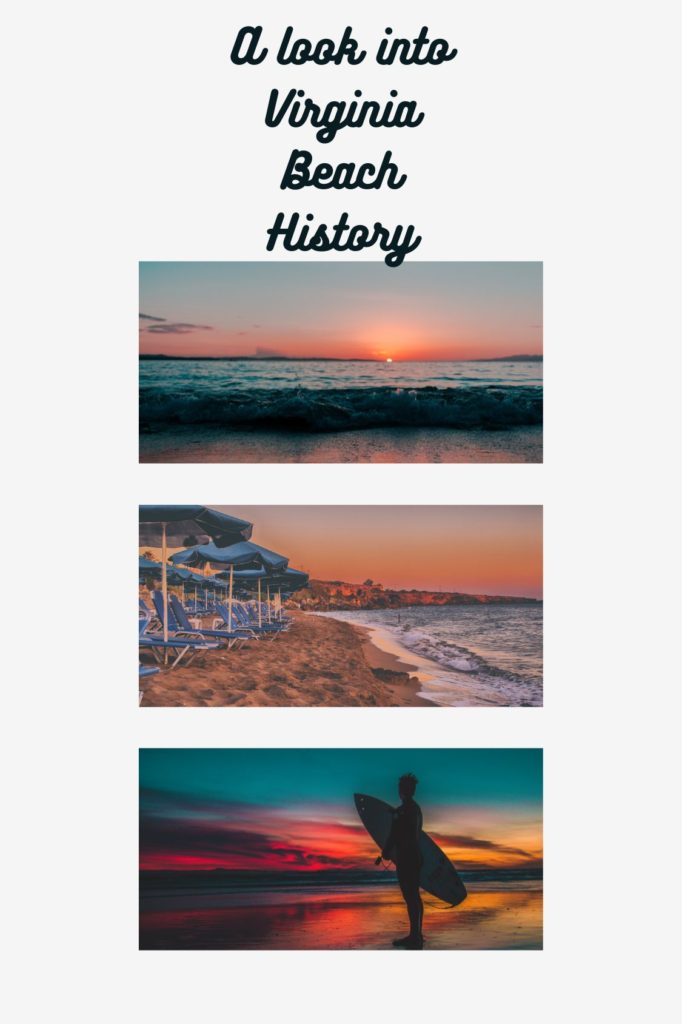Last Updated on February 21, 2025 by Kat Marie
My sweet sweet home, Virginia Beach. Even though I talk a lot here about our beautiful beach and the many cool and fun things that can be done here, I wouldn’t be doing our locality the justice it deserves if I didn’t point the Virginia Beach history that took place right in my own backyard.

In a previous article, I had mentioned that I’ve lived here since I was three years old and growing up, our field trips were always somewhere very local because of the wealth of information and history right in my very own backyard.
As a kid, I would be so annoyed because we couldn’t travel far, and I wanted to go on a “true adventure” and leave the area of Virginia Beach.
As I’ve gotten older, I have a much deeper appreciation if Virginia Beach history and there’s a lot we can learn from the past.
Now, Let’s discover Virginia Beach history and I hope you enjoy this incredible journey through the ages!
Table of Contents
I consider myself a casual fan of history and I hope you can enjoy this condensed version that only takes about 10 minutes or less – and the best part is there is no quiz at the end of the lesson!
Look up the area online and you’ll probably get the simplest description: Virginia Beach, Virginia, is a popular tourist destination located on the coast of the Atlantic Ocean – the city is known for its beautiful beaches, boardwalk, and numerous attractions.
But like I said before there is so much more because it also has a rich and fascinating history, and in this article, we’ll explore history of Virginia Beach, from the earliest beginnings to the present day.
The Beginning of Virginia Beach
The area now known as Virginia Beach was first inhabited by Native American tribes, including the Chesapeake, Nansemond, and Powhatan. The Chesapeake was the dominant tribe in the area and established a large village near the present-day Lynnhaven Inlet.
In 1607, English settlers arrived in the area and established the first permanent English settlement in North America at nearby Jamestown. Over the next few decades, more settlers arrived in the area, and in 1634, the Virginia Colony was formed.

The life of Grace Sherwood
Grace Sherwood, known as the “Witch of Pungo,” was a woman who lived a life filled with hardship and controversy in the late 17th century in the area that is now Virginia Beach. Her story is an important part of Virginia beach history due to her story that is a blend of folklore, superstition, and a struggle against the social norms of her time.
Grace Sherwood was born in 1660, into a farming family in the Virginia Colony. She grew up in a rapidly changing world, where English settlers and Native Americans coexisted but were often in conflict.
Grace married James Sherwood in 1680, and together, they established a small farm near the Lynnhaven River. However, their marriage was not a happy one, and the couple frequently argued over property rights and other issues.
Grace was a strong-willed and independent woman. She was skilled in herbal medicine and midwifery, which made her an important member of her community. She also had a reputation for being unconventional.
She preferred to wear trousers instead of dresses, and she was known to speak her mind, which, in the conservative society of the time, was often viewed as brazen behavior.
Rumors began to circulate that Grace was a witch due to her unusual practices and her disputes with her neighbors. In 1698, Grace was accused of bewitching a neighbor’s crop, which had failed, and her trial marked a dark chapter in her life.
She was subjected to a “swimming test,” a common method for identifying witches at the time. If she sank, it was believed she was innocent, but if she floated, she was declared a witch. Unfortunately, Grace floated, and she was subsequently imprisoned.
Grace Sherwood spent eight years in jail, facing harsh conditions and prejudice. Her husband James fought for her release and eventually succeeded, but their marriage never fully recovered from the ordeal.
After her release, Grace continued to live in the area, farming and practicing her herbal remedies. Her notoriety followed her, but she managed to live in relative peace until her death in 1740, at the age of 80.
In 2006, over 260 years after her death, the Governor of Virginia, Timothy M. Kaine, posthumously pardoned Grace Sherwood, recognizing the injustice she suffered. Her story now serves as a reminder of the dark Virginia Beach history of witch trials and the importance of tolerance and understanding.
In the centuries that have passed since Grace Sherwood’s trial and imprisonment, her legacy has evolved. Today, she is remembered as a woman who stood her ground, resisted societal pressures, and became a symbol of resilience in the face of prejudice.
Her story reminds us of the importance of challenging stereotypes and striving for justice and equality, even in the most trying of circumstances


*Fun Fact: This statue is located very close to my Mom’s house and an interesting part of Virginia Beach History!
Related Virginia Beach content:
The Adam Thoroughgood House

The Adam Thoroughgood House is another one of the historic attractions in Virginia Beach that offers a fascinating glimpse into the region’s colonial past.
Built around 1680, it is one of the oldest surviving houses in Virginia Beach and a prime example of early English architecture. The house is named after Adam Thoroughgood, an Englishman who played a significant role in the early colonial settlement of Virginia Beach history.
Visitors to the house can explore its well-preserved interiors, which provide insights into 17th-century living, with period-appropriate furnishings and décor.
Set in a picturesque garden and off the beaten path, the Adam Thoroughgood House offers an educational and immersive experience, showcasing the rich Virginia Beach history and architectural heritage of the area.
The Military Moves In
Let’s fast forward in Virginia Beach history! During the American Revolution, Virginia Beach played an important role as a strategic location for both British and American forces.
The Battle of the Virginia Capes, a naval battle that took place off the coast of Virginia Beach in 1781, was an important victory for the American forces and helped lead to the eventual surrender of the British at Yorktown.
In the 1800s, Virginia Beach was primarily a farming and fishing community. However, the arrival of the Norfolk and Virginia Beach Railroad in 1883 helped increase growth and development in the area. Hotels and resorts were built along the beach, and Virginia Beach became a popular vacation spot for people from across the country.
World War II
During World War II, In the books of Virginia Beach history, played an important role as a training site for military personnel – especially the famous Cavalier hotel. The area was home to numerous military bases and training facilities such as, Naval Air Station Oceana and Fort Story, Virginia Beach became an important hub for military activity, and many soldiers trained in the area before being deployed overseas.
The Cavalier Hotel
The Cavalier Hotel in Virginia Beach is a historic and iconic luxury hotel that has been a prominent fixture along the oceanfront since its opening in 1927.
Known for its striking architectural design and elegant interiors, the Cavalier has hosted numerous famous guests, including celebrities, politicians, and even royalty.
Throughout the hotel, you can learn more about Virginia Beach history with little stations about this historic building.
Over the years, it has undergone extensive renovations, blending its historic charm with modern amenities. Guests are drawn to its pristine beaches, fine dining, and world-class spa.
The Cavalier Hotel continues to be a symbol of luxury and a cherished destination for those seeking a timeless and upscale beachfront experience in Virginia Beach!

Modern Day Virginia Beach History
After the war, Virginia Beach continued to grow and develop as a tourist destination. The city’s population expanded, and new attractions and developments were built, including the famous Virginia Beach Boardwalk, which opened in 1888.
Today, Virginia Beach is a vibrant and thriving city with a rich history and a bright future. It’s beautiful beaches, natural resources, and abundant attractions continue to draw visitors from around the world, while its thriving economy and strong community make it an attractive place to live and work.

Final Splash
Virginia Beach, Virginia, has a long and fascinating history that spans from the earliest Native American settlements to the present day. From its role in the American Revolution to its growth as a popular tourist destination, the area has played an important part in the history of the United States and remains a beloved and cherished place even today.
Interested in learning more Virginia Beach history? Check out this blog article:
I hope you enjoyed a little taste of Virginia Beach history and come visit this great area and the multitude of information and fun!

Looking for more information and fun about the beach? Take a look at these articles!
- Top 10 Interesting Facts About The Beach
- 5 Scientific Reasons You Should Go To The Beach!
- Top 8 Beach Vacation Mistakes To Avoid
- Top 10 Interesting Facts About Virginia Beach

Welcome! I’m Kat Marie, founder of Beach Kids Club! Virginia Beach, VA is my hometown and I love where I live! My connection to the beach is more than just a geographical one; it’s a profound passion. Whether I’m catching waves, enjoying long walks by the oceanfront, or simply enjoying the sun, I find so much happiness at the beach. Virginia Beach is more than just a location; it’s a way of life, and I’m here to share my hometown experiences and love for the beach with all of you!




Really interesting! Great article and look forward to more content!